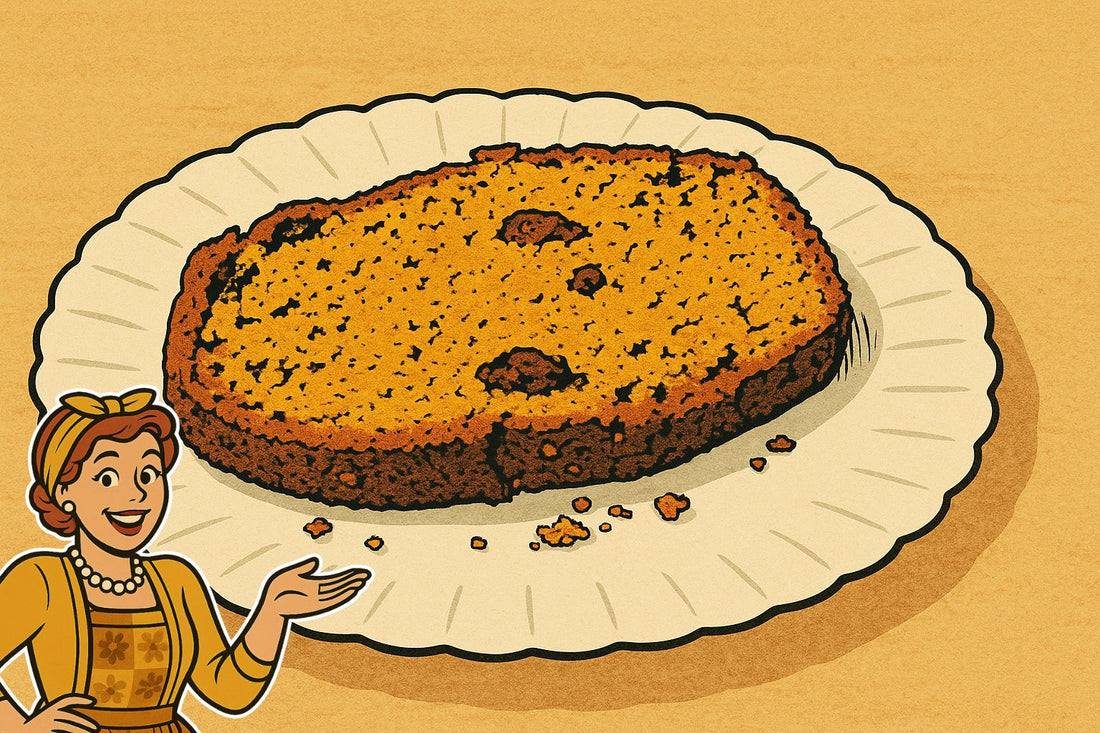
Vintage Pumpkin Bread
Share

Just the smell of it baking is enough to get you into the season. I don’t care if that summer heat is still sticking around, when I get a sniff of sweet, spicy, tender pumpkin bread in the oven, I’m all in for pumpkin spice season.
For me, there’s nothing better. And a truly great pumpkin bread is a national treasure. Moist and earthy sweet from the pumpkin, aromatic and flavorful from all the rich spices, and so tender for days after you bake it. It’s absolutely perfect, and apparently bakers have been just as obsessed with it, and for quite some time now.

First developed in the 1800’s, many home cooks have treasured family recipes passed down for generations, so I knew vintage community cookbooks would be the perfect place to find the best pumpkin bread recipe, but even I wasn’t prepared for how many I would find. One cookbook alone had 7 different recipes! I think it’s the most prevalent recipe I’ve ever come across, and each one had their own unique spin on this classic. So, I spent more time than usual in the test kitchen, baking loaf after loaf of pumpkin deliciousness. And, after baking and tasting over 16 loaves of pumpkin bread, I think I can confidently say I have found the perfect pumpkin bread recipe, and I can’t wait to share it with you.

Denise Shepara shared it inside the Norris Choir Sister City Project community cookbook, and I think she absolutely cracked the code for pumpkin bread perfection. It’s moist, but not soggy, sweet enough for dessert, but not too sweet to enjoy a slice for breakfast, and the unique cinnamon sugar sprinkle topping adds a fun texture that elevates it above any other loaf I’ve tasted.
It tastes like something your grandma made, and is sure to become a new annual tradition. So let’s get to baking!

To begin, blend your dry ingredients together - flour, baking soda, salt, cinnamon, nutmeg, and sugar. The recipe recommends sifting, but I just whisked mine and it came out perfectly.
Now set that aside while you combine your wet ingredients - eggs, cooked pumpkin, oil, and water. This recipe calls for salad oil, a common term you’ll see in vintage recipes. It just means a mild flavored oil, so use your favorite. I had grapeseed oil on hand, so that’s what I used.

Once everything is well blended, combine the wet and dry ingredients. Blend them together a bit before adding a cup of chopped pecans, then finish mixing. Don’t overmix the batter, as with most cake-like breads, the less you stir, the better.
Interestingly enough, the recipe calls for the bread to be baked in two greased 9x5 inch pans, so that’s what I used. I think it would do fine in loaf pans, you just might need to adjust the bake time a bit, and maybe drop the baking temperature by a few degrees to make sure it doesn’t burn the edges. Or, like me, stick to the recipe to be safe.

Pop them in the oven, and an hour later, you’ll have two steaming loaves of perfectly delicious pumpkin bread.
Just one more step before you enjoy them, and make sure not to skip it, because it really elevates the texture. Rub a tablespoon of butter over each of the still-hot loafs, spreading it evenly, then mix together sugar and cinnamon before sprinkling it evenly over the tops. Now you’re done!

The hardest part is trying to be patient enough to let them cool before enjoying a slice.
I’m so incredibly grateful that Denise was willing to share her recipe in her community’s cookbook so I can enjoy it today. It really is special in the most perfect, nostalgic, rustic way. Be sure to pass her delicious recipe on by sharing this with anyone you think might enjoy it and follow me for more vintage recipes. I hope this encourages you to appreciate these humble spiral-bound cookbooks, and cook more old recipes.
KITCHENWARE USED IN THIS RECIPE







